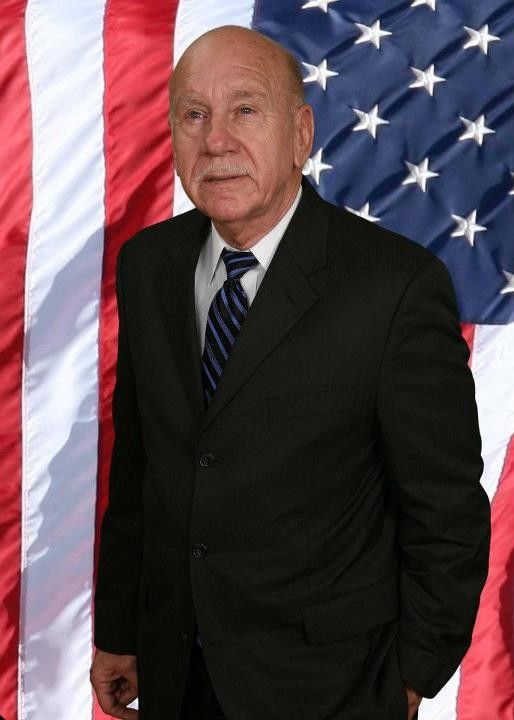Supreme Court Appointment Process: Roles of the President, Judiciary Committee, and Senate
Committee, and Senate
Summary
The appointment of a Supreme Court Justice is an infrequent event of major significance in American politics. Each appointment is important because of the enormous judicial power the Supreme Court exercises as the highest appellate court in the federal judiciary. Appointments are infrequent, as a vacancy on the nine- member Court may occur only once or twice, or never at all, during a particular President’s years in office. Under the Constitution, Justices on the Supreme Court receive lifetime appointments. Such job security in the government has been conferred solely on judges and, by constitutional design, helps insure the Court’s independence from the President and Congress.
The procedure for appointing a Justice is provided for by the Constitution in only a few words. The “Appointments Clause” (Article II, Section 2, clause 2) states that the President “shall nominate, and by and with the Advice and Consent of the Senate, shall appoint … Judges of the supreme Court.” The process of appointing Justices has undergone changes over two centuries, but its most basic feature — the sharing of power between the President and Senate — has remained unchanged: To receive lifetime appointment to the Court, a candidate must first be nominated by the President and then confirmed by the Senate. Although not mentioned in the Constitution, an important role is played midway in the process (after the President selects, but before the Senate considers) by the Senate Judiciary Committee.
On rare occasions, Presidents also have made Court appointments without the Senate’s consent, when the Senate was in recess. Such “recess appointments,” however, were temporary, with their terms expiring at the end of the Senate’s next session. The last recess appointments to the Court, made in the 1950s, were controversial, because they bypassed the Senate and its “advice and consent” role.
The appointment of a Justice might or might not proceed smoothly. Since the appointment of the first Justices in 1789, the Senate has confirmed 120 Supreme Court nominations out of 154 received. Of the 34 unsuccessful nominations, 11 were rejected in Senate roll-call votes, while nearly all of the rest, in the face of committee or Senate opposition to the nominee or the President, were withdrawn by the President or were postponed, tabled, or never voted on by the Senate.
Over more than two centuries, a recurring theme in the Supreme Court appointment process has been the assumed need for excellence in a nominee. However, politics also has played an important role in Supreme Court appointments. The political nature of the appointment process becomes especially apparent when a President submits a nominee with controversial views, there are sharp partisan or ideological differences between the President and the Senate, or the outcome of important constitutional issues before the Court is seen to be at stake.
This report will be updated as events warrant. See CRS Multimedia MM70010, The Supreme Court Appointment Process, for a video presentation using both historical pictures and motion picture footage from more
With Justice Antonin Scalia’s death this weekend, and its nearly instantaneous politicization, it’s worth asking why we don’t subject our high court justices to limited terms or mandatory retirement ages — like nearly every other country in the world.
Are term limits even a good idea? A lot of sharp thinkers on both sides of the political aisle think so. Norm Ornstein of the American Enterprise Institute likes the idea of an 18-year term limit, saying it would “would to some degree lower the temperature on confirmation battles by making the stakes a bit lower. And it would mean a Court that more accurately reflects the changes and judgments of the society.”
Law professor Erwin Chemerinsky likes the 18-year proposal too. “Eighteen years is long enough to allow a justice to master the job, but not so long as to risk creating a court that reflects political choices from decades earlier,” he wrote in 2013.
“The Constitution was written at a time when life tenure meant living into your 50s because that’s what life expectancy was,” legal analyst Jeffrey Toobin, author of two books on the Supreme Court, has noted. “Thirty-year tenures are not what the framers had in mind.”
by Nick Tomboulides
The Supreme Court is back in the spotlight, as the nation debates how to fill the seat of the late Antonin Scalia. This somber occasion got us reflecting on the time we went before the Supreme Court, to advocate on the people’s behalf for congressional term limits.
The year was 1995, and the case was U.S. Term Limits v. Thornton. With assistance from USTL, the citizens of 23 states had just passed laws putting term limits on their members of Congress. That meant just under half of all congressmen were term-limited, and Congress would soon be forced to propose a term limits amendment applying to everyone.
But it was not to be. A self-interested politician in Arkansas and his donors made a court challenge to void that state’s law. Others followed. After the Arkansas Supreme Court ruled against us, we took it all the way to the U.S. Supreme Court.
The Court decided, in a 5-4 split decision, that citizens are not allowed to term limit their own members of Congress using state laws. They threw out 23 states’ term limits laws in one day. Justice Scalia disagreed, ruling for term limits as part of the dissenting minority.
This was without doubt a low point for term limits. The Court seemed to have shut down every realistic avenue to fight careerism in Washington.
But hidden in their decision was a silver lining:
“State imposition of term limits for congressional service would effect such a fundamental change in the constitutional framework that it must come through a constitutional amendment properly passed under the procedures set forth in Article V.”
Did you catch that? While they had closed the door to term-limiting Congress with state laws, they had opened another by saying it can be done through amendment to the Constitution. That’s the strategy USTL is pursuing today.
The Term Limits Convention uses “the procedures set forth in Article V” to achieve congressional term limits. The Convention is not a state law like those the Court struck down – it is a constitutional call-to-action that comes together when 34 state legislatures have demanded it.
Florida was the first state to make the call, but a dozen more are hot on its heels.
The 1995 decision U.S. Term Limits v. Thornton will never be forgotten. Nor will Scalia. As we remember the role the Supreme Court once played in stopping term limits, we can look forward to the opening it underscored to make congressional term limits a reality.
Nick Tomboulides is the Executive Director of U.S. Term Limits.
Www.writeintolbert.com
Write-in TOLBERT for
US Senate Florida 2016 NPA CFA Citizens For America
Citizens for a Better America, inc
Retired MSGT
EdD
Pastor









